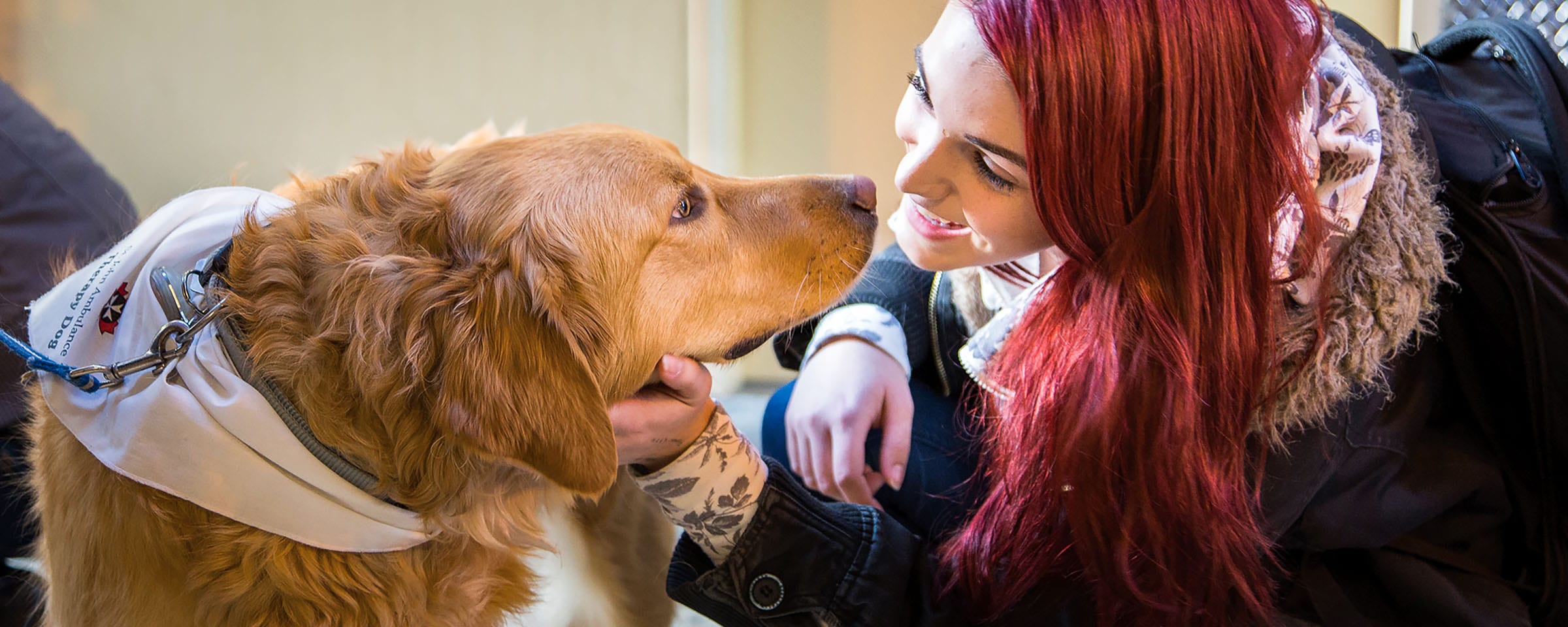Perception is not reality
Post written by Lauren MacLean
Back in high school, I was very interested in fashion and design, so of course I bought tons of magazines, tried lots of different styles and played with makeup. I had some majorly weird outfits that I’m happy I never took photos of! (This was before the selfie made it big). Think pink eye shadow, furry lace-up boots with miniskirts, mixing patterns and trying on my mom’s clothes from the 70’s. Yeah.
Teen Vogue was one of the magazines I bought religiously. Every month, waiting for the newest issue was almost painful. Once I got it, I’d read it cover to cover, advertisements and everything. If you’ve never read this magazine, it contains lots of picture stories (editorials), articles on the latest health trend (or scare), a spotlight on a trendy starlit and lot and lots of ads. All the clothes and accessories featured are horrendously expensive, and most of the fashion editorials are really out there.
Looking back, It’s hard believe I wanted to be like the thin models with their bones sticking out of their clothes because now, I think having muscles is so much more attractive. But it’s true, I was no exception to those who fell for the media’s messages about beauty. I remember thinking about how being able to fit into small, expensive clothes like the models was a measure of success.
As I read these magazines, I soaked up all the latest fashion tips and tricks like a dry sponge. I also found myself vulnerable to believing everything in the articles. There were articles about everything from prescription drug abuse to date rape to one on body dysmorphic disorder (BDD) that particularly stuck out to me. BDD is a condition where the person becomes excessively worried about one body part. I remember finishing the article and thinking, “If so many people have this, I wonder if I have it too”.
Over the next few weeks, I became convinced that I had BDD. I eventually went to my mom and confided in her. She was dumbfounded that I would self-diagnose myself using Teen Vogue. She forbade me from ever buying another Teen Vogue.
It seemed harsh at the time, but as the weeks went by, not looking at those images or reading those articles was a relief. I even started to notice how phony the media can be sometimes. It took a little while but I was able to stop comparing myself and my ailments to others and just focus on doing my own thing. I continued experimenting with my hair, makeup, and accessories, of course, but I didn’t need anyone or any magazine telling me what to do or believe. I started concentrating on what matters — just being me.
About Lauren
Lauren MacLean is president of the Red River College Students’ Association. She is completing her second year of Business Administration with an accounting major. After receiving her RRC diploma she plans to continue her studies towards a Commerce degree.










